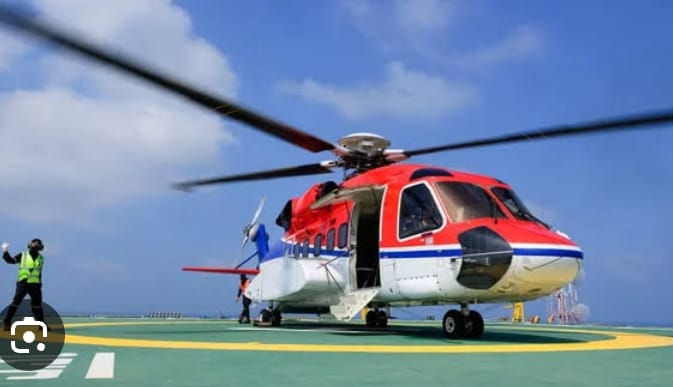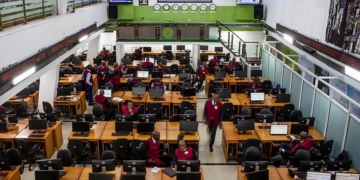The newly introduced $300 helicopter landing levy by the federal government will develop aviation infrastructure that will aid air navigation purposes and operations, an aviation expert, Mr. Tai Ejibunu has said.
Ejibunu, a former Director, Air Transport Management, Ministry of Aviation and Aerospace Development, on Tuesday, said the levy, which is aimed at strengthening Nigeria’s aviation infrastructure and regulatory framework, is designed to fund critical air navigation services provided by the Nigerian Airspace Management Agency (NAMA), including radar surveillance, communication systems, and air traffic control services.
The initiative, which was initially met with resistance by the Airline Operators of Nigeria (AON), international oil companies (IOCs) and the operators of floating production storage and offloading (FPSO), has garnered support from the industry stakeholders after extensive consultations and a ministerial review.
The helicopter landing levy is imposed on helicopter landing at oil rigs.
The agency noted that the services the levy would address are indispensable for helicopter operations, especially in offshore oil and gas zones.
He said: “The levy is not merely a fee but a strategic investment in Nigeria’s aviation ecosystem. It aligns with global best practices and is a shared responsibility among stakeholders who benefit from Nigeria’s airspace infrastructure.
“Few weeks ago, the Nigerian Airspace Management Agency (NAMA) issued a 7-day ultimatum to all stakeholders, including International Oil Companies (IOCs), to submit payment plans and modalities to NAEBI Dynamic Concepts Limited, the government consultant for the levy collection.
“Some stakeholders have complied while others are yet to. It must be noted that failure to comply may result in denial of flight clearances and other enforcement measures, as stipulated under the NAMA Act”.
Ejibunu further explained that the levy is expected to contribute to the regular maintenance of navigation and communication equipment, installation of modern radar and safety systems, training of air traffic controllers and technical staff, and construction and rehabilitation of helipads and airstrips in remote or industrial locations.
NAMA had said, “Compliance with statutory regulations and payment of the levies is not just a legal obligation; it is a patriotic act that contributes to a safer, more efficient, and globally respected aviation sector.
“The enforcement of Helicopter Landing Levies is part of the government’s Renewed Hope Agenda in the Aviation sector, aimed at enhancing airspace safety, infrastructure modernisation, and operational sustainability”.











